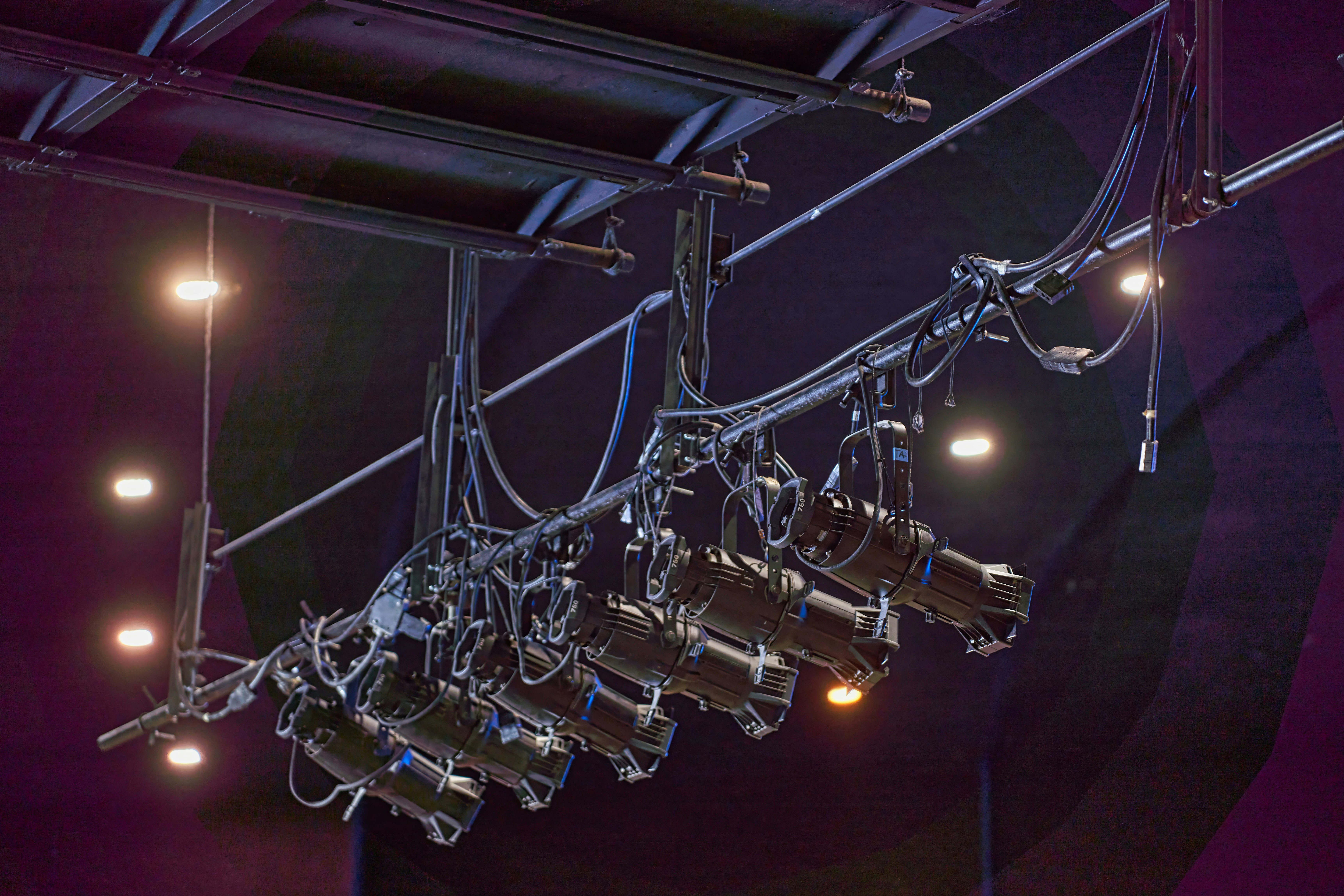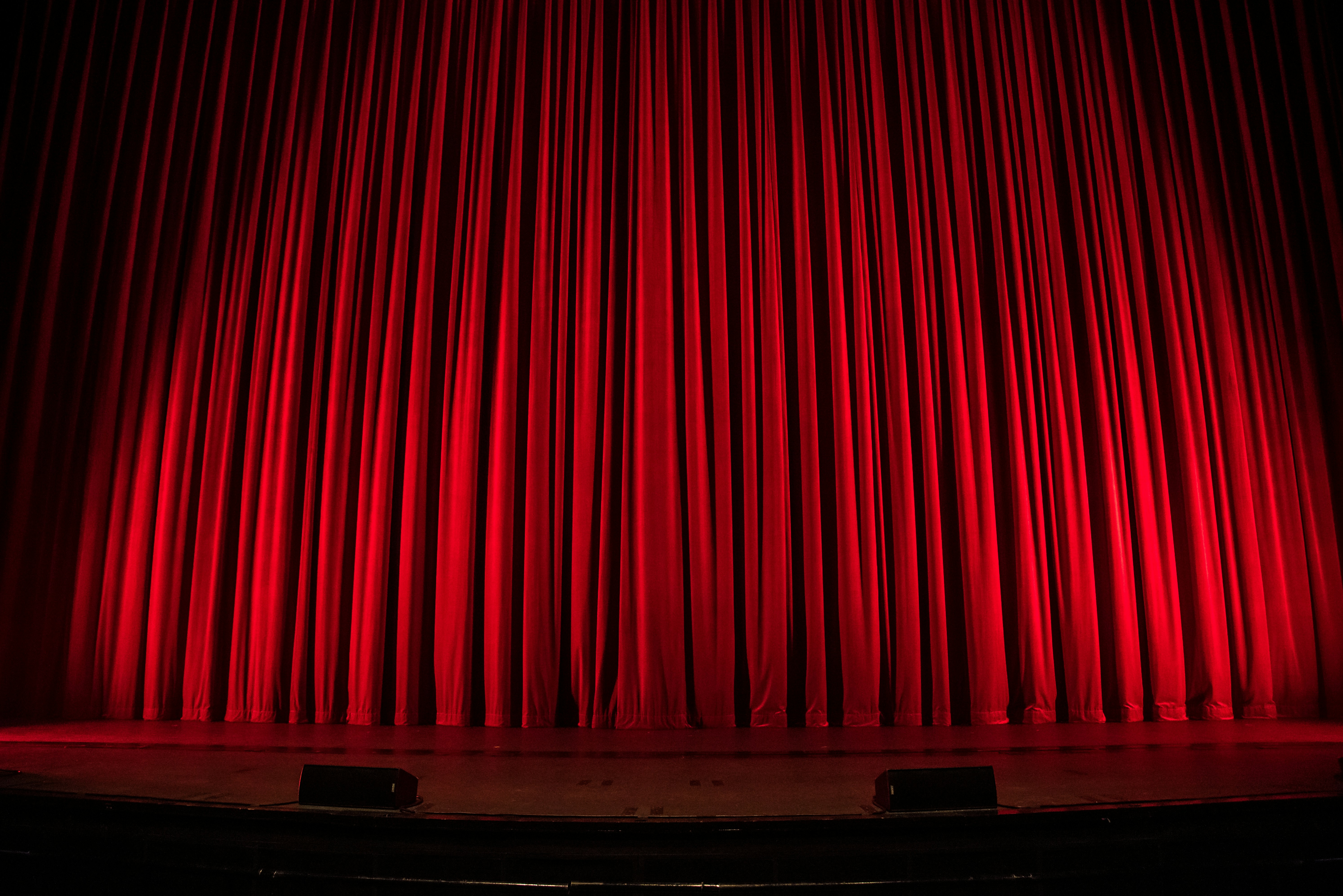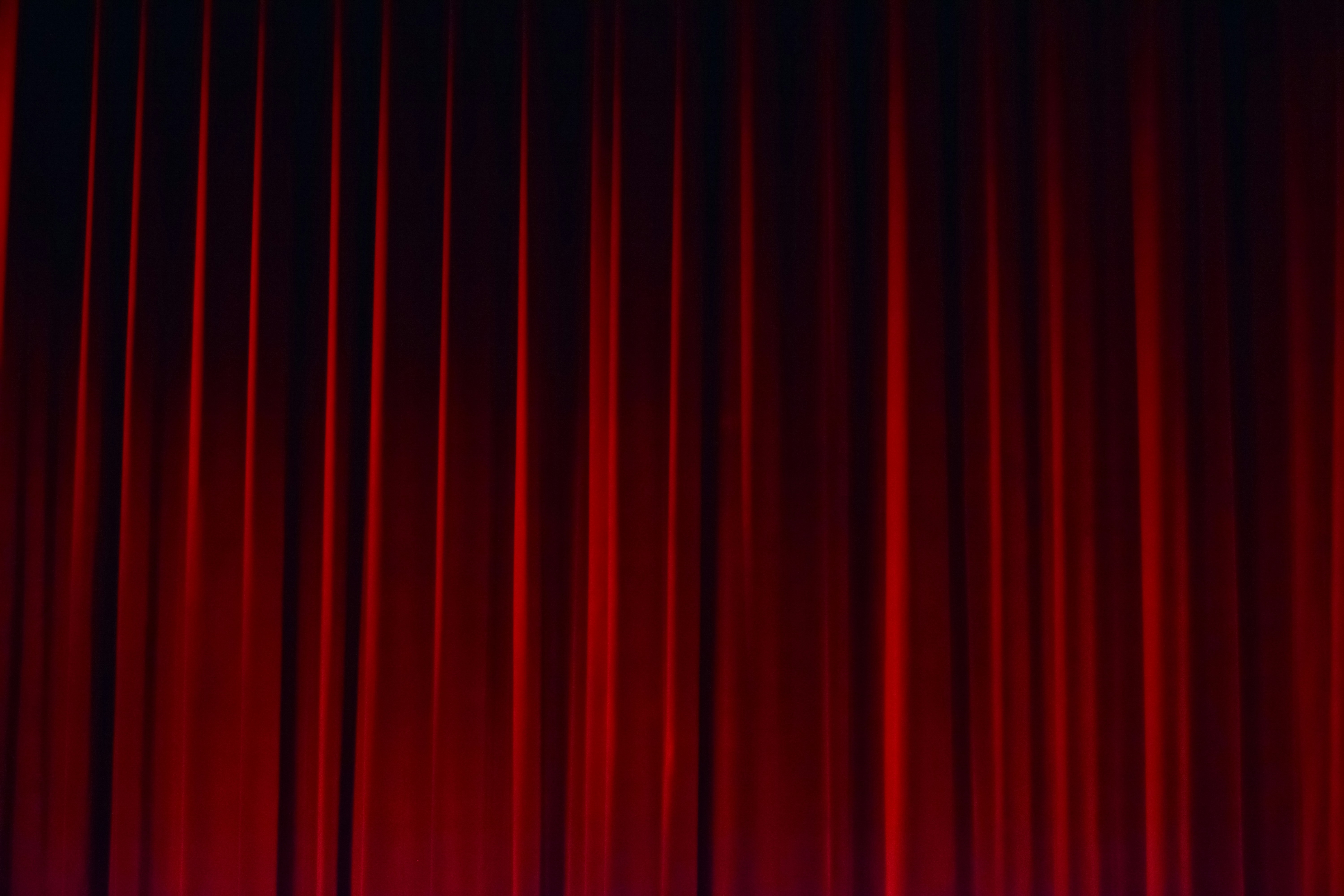LX
Definition:
"LX" is an abbreviation for lighting in theatre and live performance contexts. It refers to all aspects of lighting design, equipment, and operation.
Detailed Explanation:
In theatre and event production, LX is a shorthand term commonly used to denote anything related to lighting. This abbreviation is widely recognized among lighting designers, technicians, and stage crew. It encompasses the design, setup, control, and maintenance of lighting equipment used to enhance the visual aspects of a performance.
The role of LX in a production is multifaceted, involving the creation of mood, focus, and atmosphere through strategic illumination. LX includes the use of various lighting instruments, control systems, color gels, gobos, and effects to achieve the desired look and feel for a show. Effective lighting design is crucial for guiding the audience’s attention, highlighting important action, and creating an immersive experience.
Key Elements of LX:
Lighting Design:
The process of planning and creating a lighting scheme that complements the performance. This includes selecting the types of lights, their placement, and how they will be used.
Lighting Instruments:
Various types of lights such as spotlights, floodlights, LED fixtures, and moving lights that are used to achieve different effects.
Control Systems:
Equipment and software used to control the lighting instruments, including dimmer boards, lighting consoles, and computerized control systems.
Accessories:
Items such as color gels, gobos, and diffusers that modify the light output to achieve specific effects.
Advantages of Effective LX:
Mood and Atmosphere:
LX plays a crucial role in setting the mood and atmosphere of a performance, enhancing the audience’s emotional experience.
Focus and Visibility:
Proper lighting ensures that the audience can see the action clearly and that their attention is directed to the appropriate areas of the stage.
Aesthetic Enhancement:
LX adds visual interest and depth to a production, making scenes more dynamic and visually appealing.
Challenges of LX:
Technical Complexity:
Designing and implementing an effective lighting scheme requires a deep understanding of lighting technology and principles.
Coordination:
LX must be carefully coordinated with other production elements such as set design, sound, and actor movements.
Budget Constraints:
High-quality lighting equipment and design can be expensive, requiring careful budget management.
Uses in Performance:
Theatre Productions:
LX is integral to creating the visual aesthetic and supporting the storytelling in plays, musicals, and other theatrical performances.
Concerts and Events:
In live music and events, LX enhances the performance by adding dynamic lighting effects that synchronize with the music.
Film and Television:
LX is also used in film and TV to create the desired visual atmosphere and ensure proper illumination for camera work.
Design Considerations:
When planning LX for a production, several factors must be considered to ensure it is effective and enhances the performance:
Lighting Plot:
Create a detailed lighting plot that outlines the placement and purpose of each lighting instrument.
Color and Effects:
Select appropriate colors and effects that complement the production’s themes and mood.
Technical Setup:
Ensure all lighting equipment is properly set up, tested, and maintained for reliable operation throughout the production.
Conclusion:
LX, or lighting, is a critical component of theatre and live performance production, encompassing all aspects of lighting design, equipment, and operation. Effective LX enhances the mood, focus, and aesthetic of a performance, significantly contributing to the audience’s experience. Despite challenges related to technical complexity, coordination, and budget constraints, the benefits of well-executed LX are vast. With careful planning, detailed design, and skilled execution, LX can transform a production, creating a visually compelling and immersive experience for the audience.


